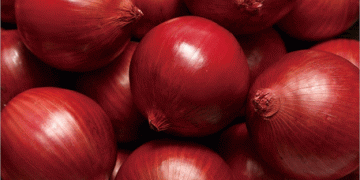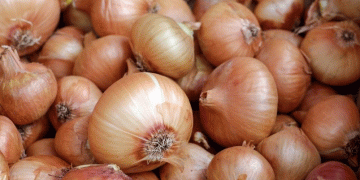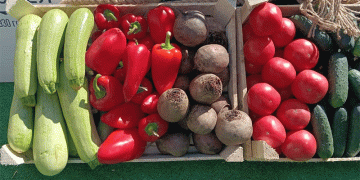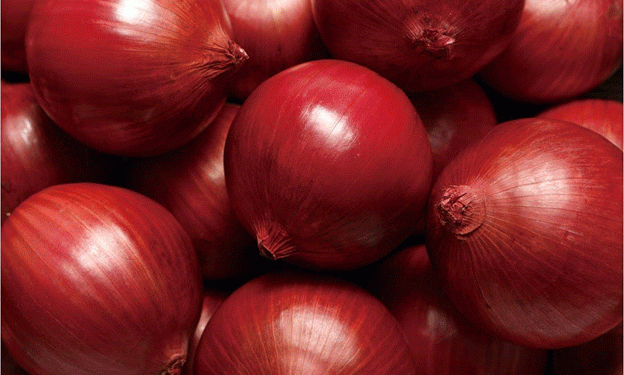The onion market in Bangladesh is experiencing unprecedented volatility, with prices reaching between Tk 110 and Tk 120 per kilogram, a significant jump from the previous week and double the price from a month and a half ago. This instability persists even though the full onion season ended months ago and sufficient supplies are available. The next onion season is still six to seven months away, creating uncertainty and concern among consumers and stakeholders.
Recurring Price Spikes and Market Instability
In recent years, Bangladesh has faced recurring spikes in onion prices, notably in 2019 when prices reached Tk 250 per kilogram, prompting emergency imports by cargo plane. This year, despite the season ending, the instability has begun earlier, raising concerns about future price trajectories.
The Ministry of Commerce has yet to take decisive action. Maleka Khairunnesa, head of the ministry’s Import and Internal Trade (IIT) Division, mentioned ongoing discussions but no final decisions regarding reducing prices, increasing imports from India, or sourcing onions from alternative countries.
Impact of Reduced Onion Production and Export Controls
Historically, increased domestic prices have been mitigated by imports from India. However, this year, India faced decreased onion production, leading to higher prices and initial export bans, followed by resumed exports with increased duties. Importing onions from India now costs about Tk 90 per kilogram due to a minimum export price of $550 per tonne and a 40% duty.
Farmers in Bangladesh also report low stocks. Many harvested and sold their onions early due to high prices earlier in the year, which benefited them short-term but impacted overall production. Consequently, market control has shifted to hoarders, exacerbating price instability.
Predictions and Challenges Ahead
The Spice Research Center of the Department of Agricultural Extension, focusing on onion production, predicts trouble ahead. Chief Scientific Officer Shailendranath Majumdar highlighted that Bangladesh typically faces the greatest onion shortage from September to December. Despite 80% of the annual onion production occurring between March and April, the market now shows signs of early instability.
Abdul Majed, a trader and importer, warned that without immediate measures, prices could surpass all previous records. Consumers might face abnormally high prices if the situation is not addressed promptly.
The Necessity of Imports
Given the significant shortfall in production, importing onions is the only viable solution to stabilize the market. Dr. Shailendranath Majumdar explained that while domestic production primarily meets annual demand, imports are crucial for covering deficits. With India’s high export prices, alternative sources like Myanmar, Egypt, Turkey, and China are being considered, though each presents challenges.
The import situation is complicated by Myanmar’s ongoing conflict, past financial losses from importing from Turkey and Egypt, and increased cargo fares. Moreover, the taste and size differences of imported onions make them less desirable to consumers, further complicating the market.
Bangladesh’s onion market faces severe instability, driven by reduced production, export controls, and inadequate stocks. Immediate and effective measures, including increased imports from viable sources, are essential to stabilize prices and ensure consumer affordability. Without intervention, the market may see record-breaking prices, adding to the financial strain on consumers.

































